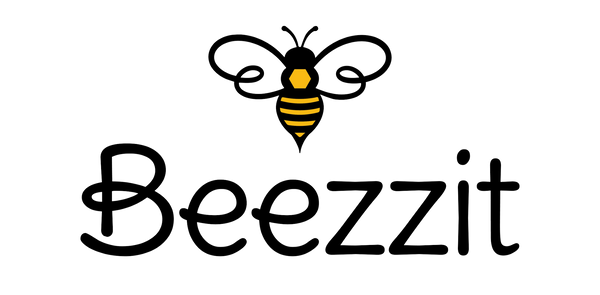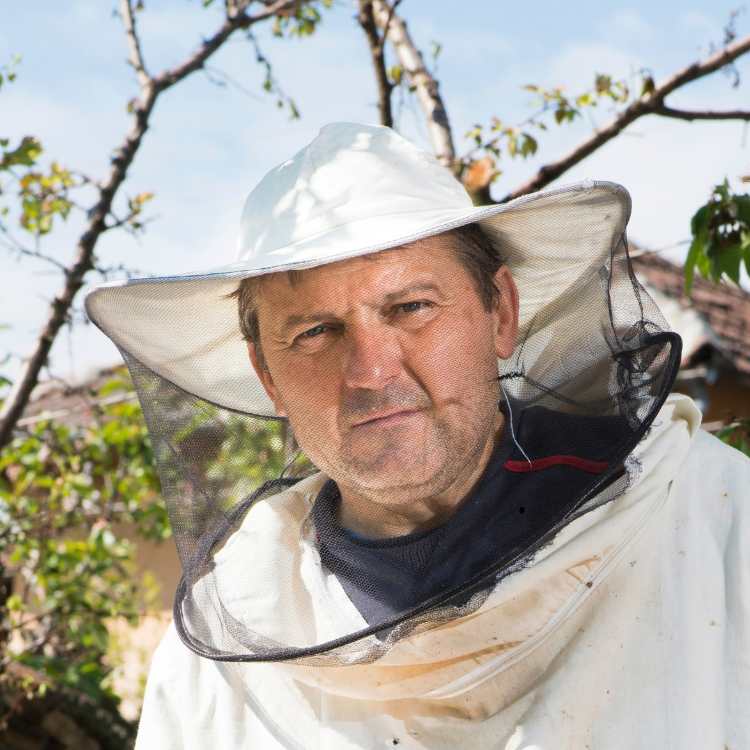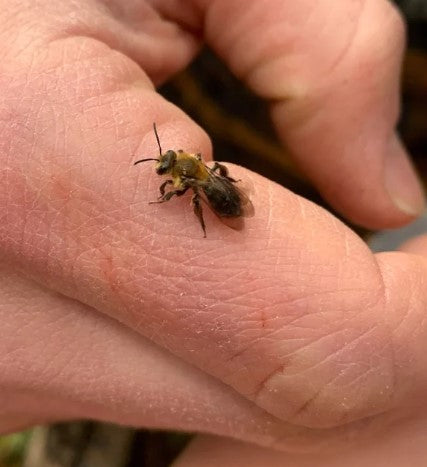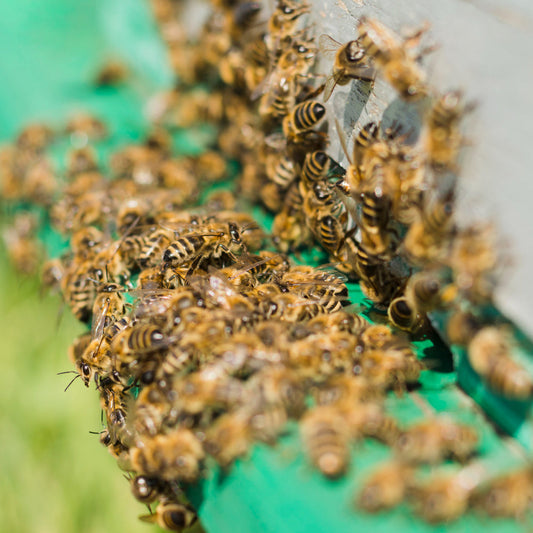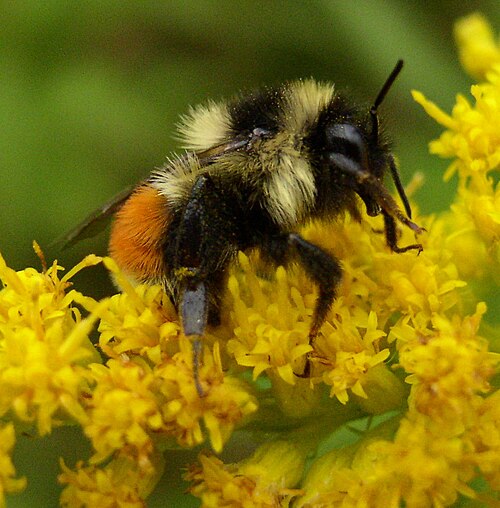Indoor beekeeping is a great approach if you are living in a city or you have little outdoor space and bad weather. It lets you manage the surroundings for your bees, which makes it easier to keep them healthy and working well.
It is one of the best ways to assist pollinators, which has a lot to do with the growth of plants. In fact, the bees contribute towards pollination of over 75% of the food we eat. Indoor beekeeping can become a really fun and rewarding hobby while collecting honey for yourself and helping the environment. This guide will explain all you need to begin.
What is indoor beekeeping?
Indoor beekeeping is keeping bees inside your house or in a closed area like a garage, basement, or greenhouse. Instead of putting hives outside, you make a place where bees can live happily all year.
This method is best for individuals who want to avoid common outdoor problems such as bad weather, animals, and chemicals. It's also good for apartment dwellers or small house owners without a backyard.
You control the environment around your hive in terms of temperature, humidity, and light with indoor beekeeping. That allows you to raise healthy bees and get honey wherever you go.
Advantages of Keeping Bees Indoors
Many advantages make indoor beekeeping a good option for both beginners and experienced beekeepers.
- Year-round activity: Because the hive is indoors, bees can stay active all year long, even in winter.
- Requires no outside space: You don't need a huge yard or garden so it works well in cities.
- Safer environment: Bees are protected from weather, predators, and pesticides.
- Research indicates that indoor hives produce 30 to 50 pounds of honey annually, depending on how good a beekeeper you are. These advantages make indoor beekeeping a good and fulfilling choice.
Key Equipment of Indoor Beekeeping
To start indoor beekeeping, you’ll need some important tools.
What you need here:
- Bee hive box: These are compact hives designed to fit small spaces.
- Ventilation system: Bees require fresh air to be healthy, and so good airflow is very important.
- Temperature and humidity controls: Bees prefer working at about 90°F with 50-70% humidity.
- Protective dress: A beekeeping suit with gloves and a veil protects you from the bees.
- Lighting system: Bees require lighting patterns such as sunrises and sunsets to remain alert.
Investing in quality equipment will make it easier to care for your hive and keep your bees healthy.
Setting Up Your Indoor Beekeeping Enclosure
Of course, one has to provide a proper space for happy bees. Let's start: a quiet and safe place, like the garage, basement, or additional room with good airflow to prevent moisture from building up.
Set your hive on a stand so that it is off the ground and easier to check. Use sensors to regularly measure the temperature and humidity, plus add lights that look like natural sunlight. Keeping the conditions steady will help your bees get used to their new home.
A clean and well-prepared space will give your hive the best chance to thrive indoors.
Selection and Import of Bees
Proper choice of the bees is a very integral part of starting your indoor hive. Basic favourite Italian and Carniolan bee types are a very calm species and can take living well in many other locations.
When introducing bees to the hive:
- Wear protection to safeguard against stings.
- Slowly and carefully move the bees to minimise additional stress.
- Give them sugar syrup as food for the first week so they can settle in.
View the bees closely after introducing them. If they are active and forming comb, it is a sign that they are adjusting well. This step lays the basis for a healthy and productive hive.
Taking Care of Your Hive
Bees need to eat constantly because they do not have a means of bringing in food. Feed them sugar syrup instead of nectar plus pollen patties for their source of protein. Check often on the feeders so the bees always have enough to eat.
Check on the hive every week. Watch for pests such as mites or disease signs, and clean or replace broken hive frames. Maintain adequate honey stores in the hive so that bees can survive when they are not producing much.
Provided with appropriate feeding and maintenance, your indoor hive remains healthy and productive throughout all seasons.
Common Indoor Beekeeping Problems
Beekeeping inside has its difficulties, but you can tackle them by good care and planning.
- Ventilation problems: Wetness along with bad airflow can cause mould. Ensure a proper ventilation system is installed to eliminate this.
- Lighting challenges: Bees need light patterns that mimic sunrise and sunset. Set up programmable lights to maintain this.
- Indoor hives get quite congested so it is essential to make regular inspections so that everything runs nicely.
This allows you to address issues before they get any worse and provide a safe and steady environment for bees to thrive.
Honey Collection Inside
Getting honey from an indoor hive is easy if you follow these steps: Observe the frames for capped cells of honey indicating that the honey is ripe. Then extract the honey using a honey extractor directly from the comb without damaging it. Strain the honey through a filter to eliminate impurities. Put the honey into clean jars that have tight lids. An indoor hive normally produces 30-50 pounds of honey yearly. There should be sufficient honey in the hive so that the bees will be fine.
Is Indoor Beekeeping Right for You?
It’s a good option if you don't have space outside, and your locality has bad weather. It is also for people who want to help pollinators and enjoy fresh homemade honey. However, it requires time, money, and effort. You’ll need to monitor the hive, feed the bees, and maintain their environment regularly. If you’re ready to commit to this, indoor beekeeping can be a fulfilling way to raise bees and help the environment.
Conclusion
This is the best time to start indoor beekeeping, as it allows you to keep healthy bees in your city or even in severe weather. You enjoy honey by giving safety and a controlled environment to the bees. It ensures that your indoor hive is in good condition and gives you joy and delicious honey with the right equipment, gear, and care.
